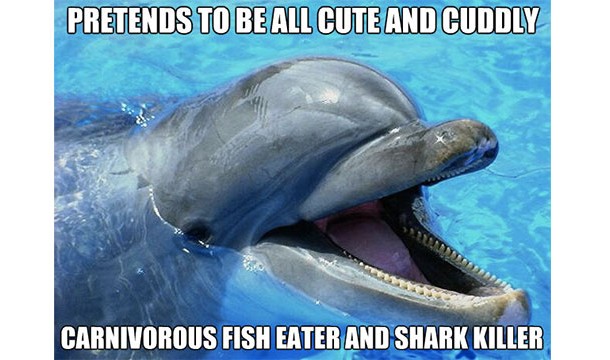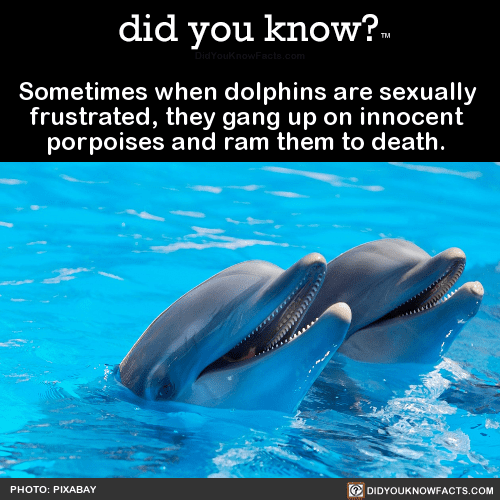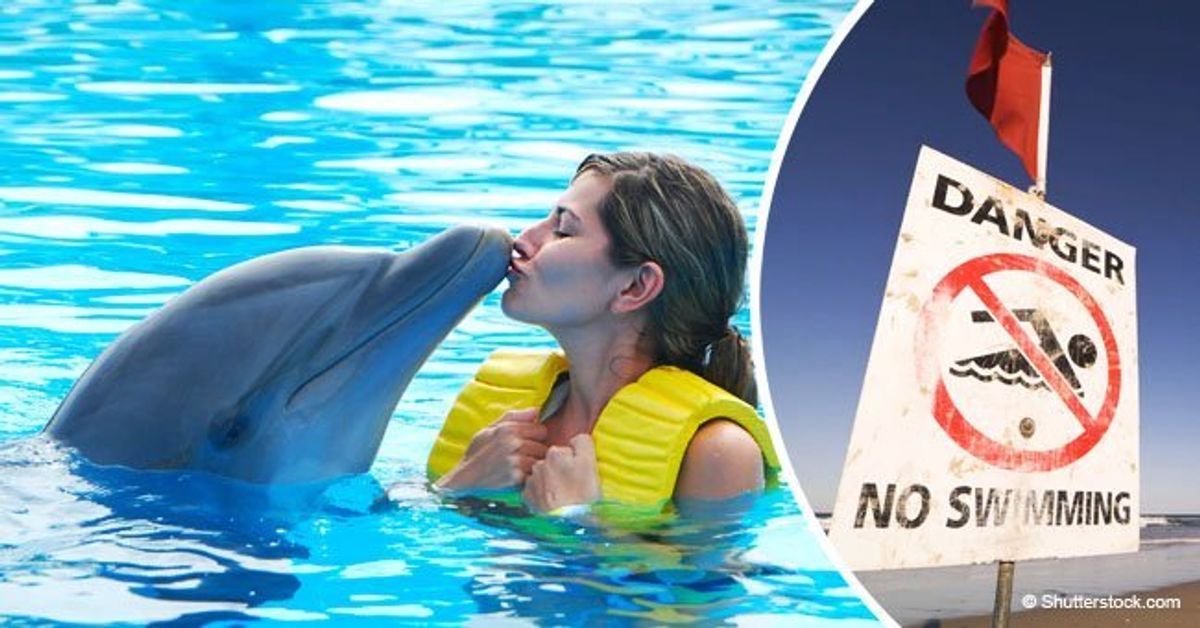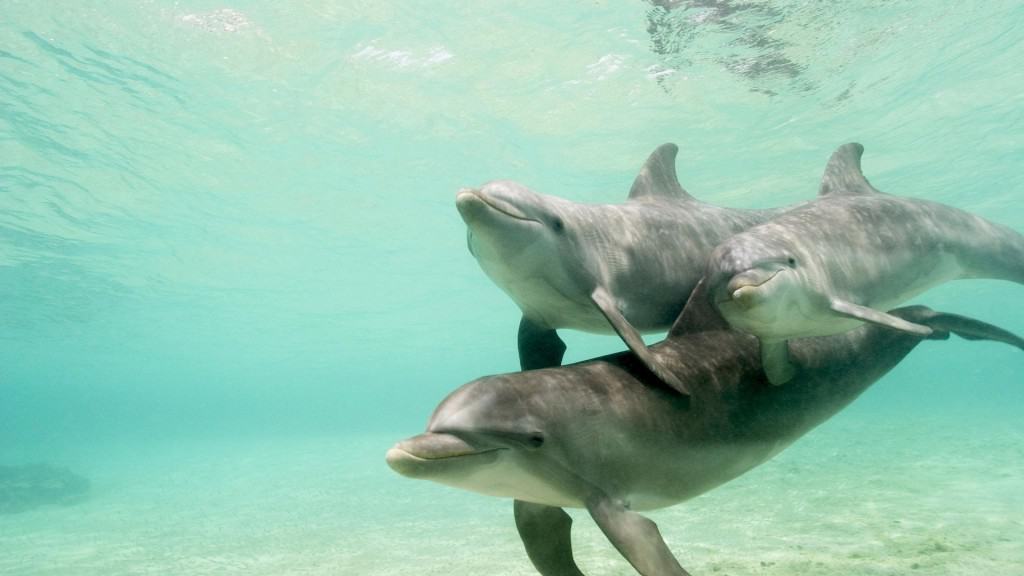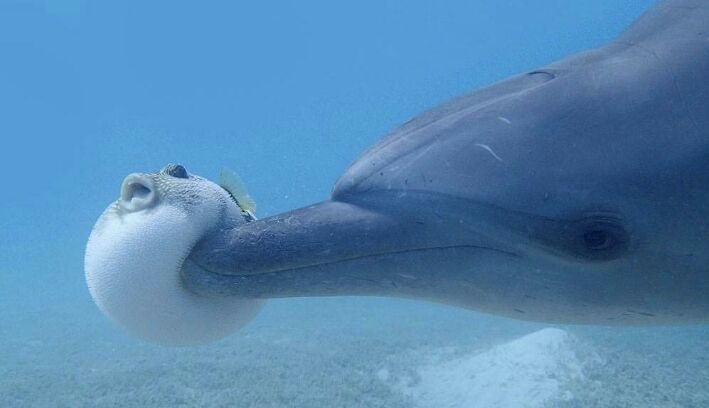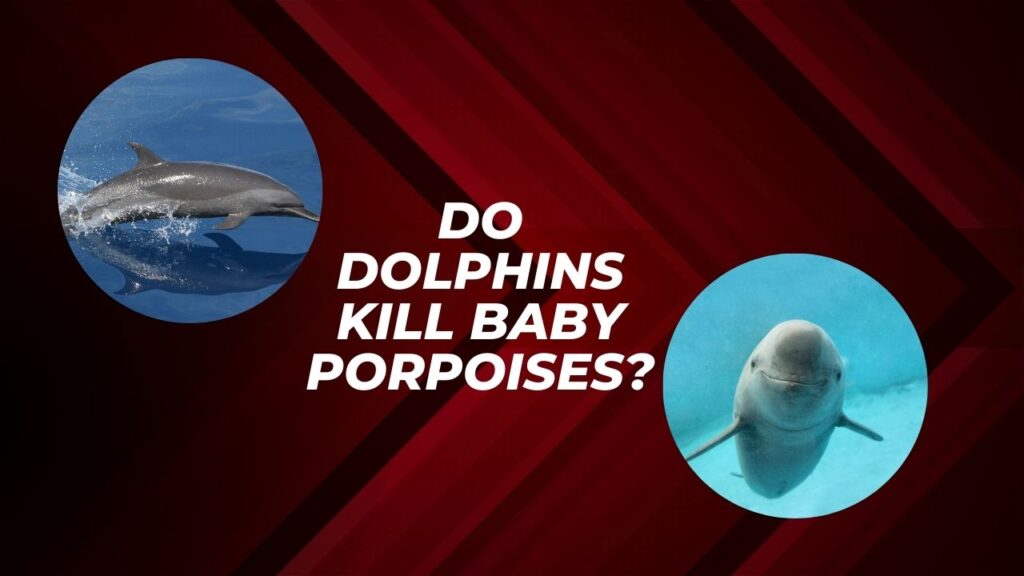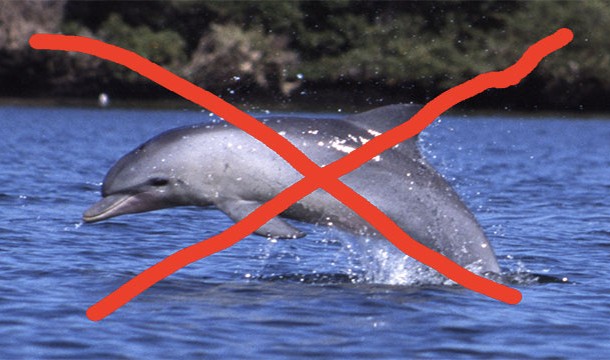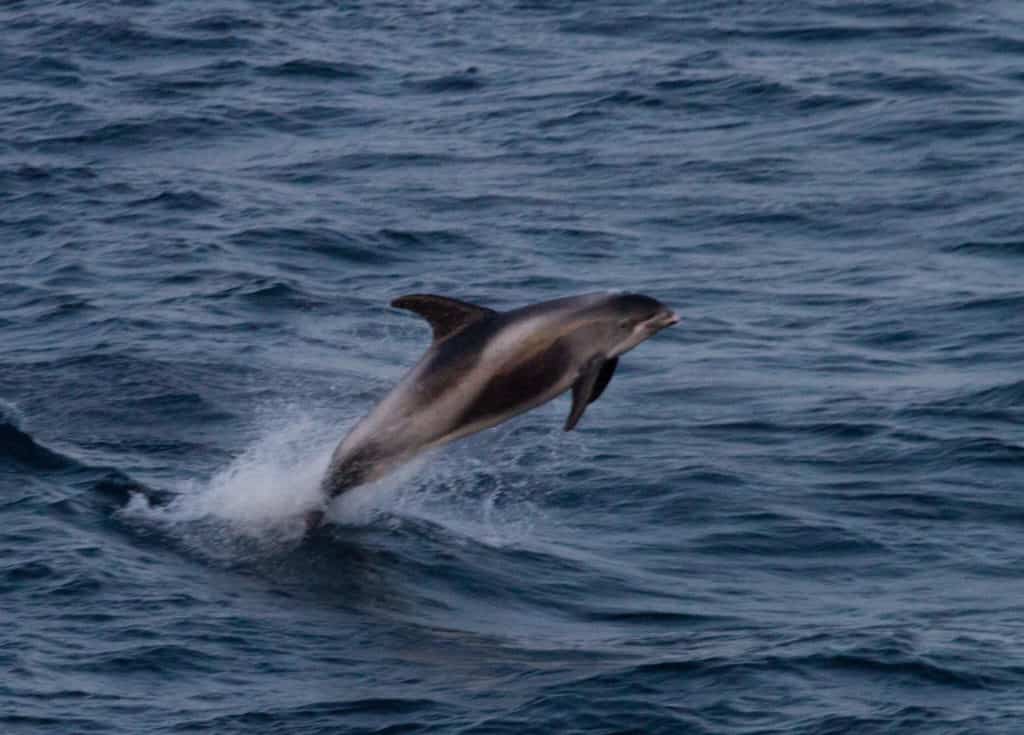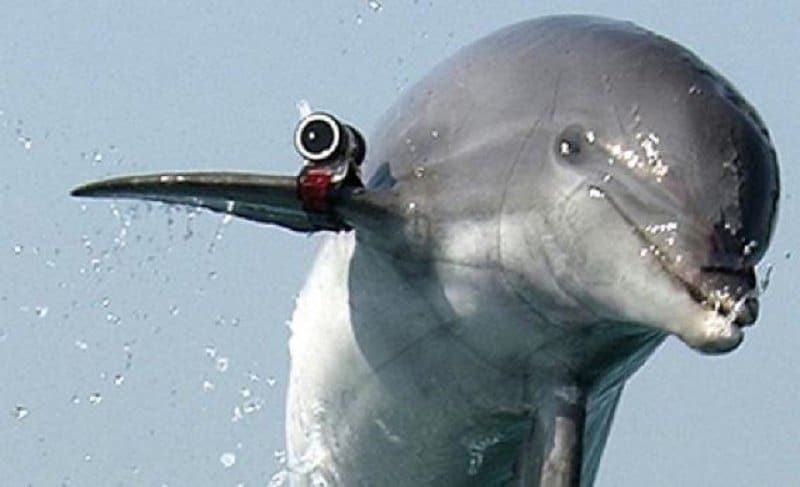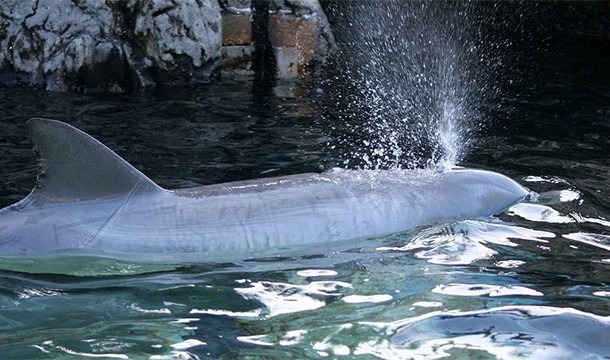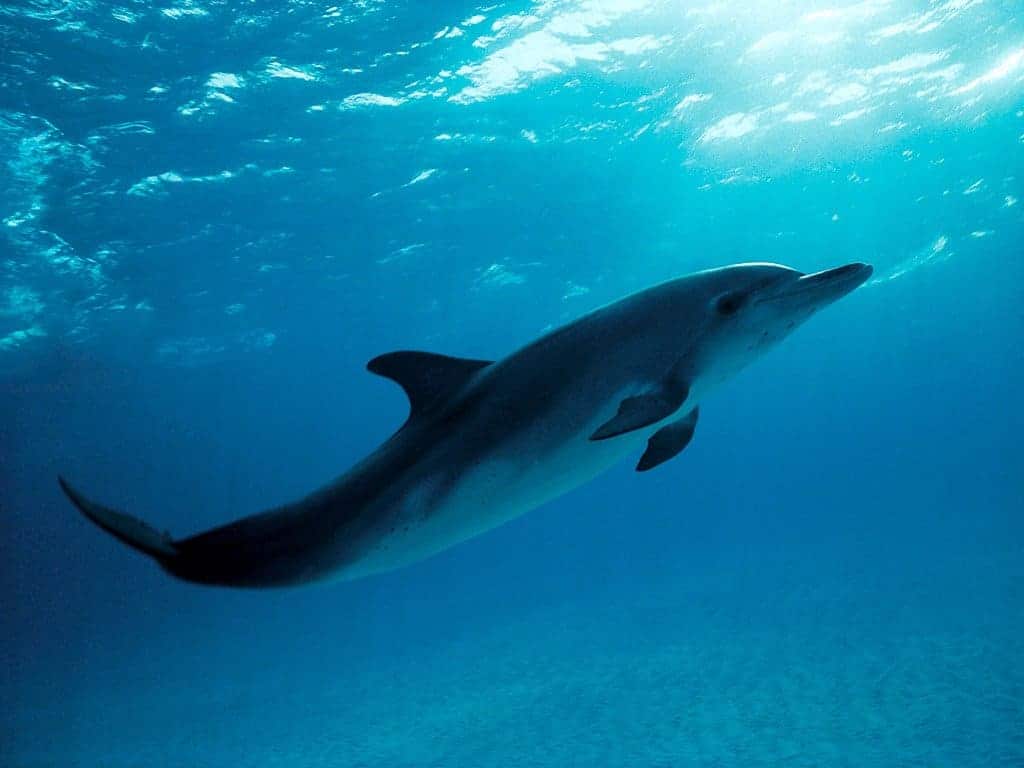Do Dolphins Go On Killing Sprees When Sexually Frustrated

Imagine a turquoise sea shimmering under the sun, playful dolphins leaping and twirling in a joyful ballet. But beneath the surface of this idyllic scene, a darker narrative sometimes unfolds. Whispers and concerns have arisen about whether these intelligent creatures engage in aggressive behaviors, even "killing sprees," potentially linked to sexual frustration.
The central question is: Do dolphins, driven by sexual urges, exhibit unusually aggressive behavior, even to the point of harming or killing other animals? Understanding this potential link requires delving into dolphin behavior, their complex social structures, and the scientific evidence that supports or refutes this startling claim.
Dolphin Society: A Complex Tapestry
Dolphins are renowned for their intelligence and intricate social lives. They live in pods, forming strong bonds and communicating through a complex system of clicks, whistles, and body language. Within these pods, a strict social hierarchy often exists, particularly among males, who may compete for dominance and mating opportunities.
Aggression is a part of their social interaction. Male dolphins, especially in some species like bottlenose dolphins, are known to form alliances to isolate females for mating.
This coercion, though aggressive, is typically geared toward reproduction, not indiscriminate killing.
The Evidence: Separating Fact from Speculation
While some reports might sensationalize isolated incidents, credible scientific data paints a nuanced picture. Dr. Patricia Brennan, a leading researcher in animal reproductive morphology, emphasizes the importance of differentiating between reproductive strategies and wanton violence.
"Aggression in dolphins is frequently linked to competition for mates and establishing dominance," she explains.
Studies have documented instances of male dolphins engaging in aggressive acts towards females, even other males, but these are usually within the context of mating rituals or power struggles. The motives are typically reproductive success, not simply the release of "sexual frustration".
There have also been reports of dolphins killing porpoises, even without apparent sexual motivation. These actions may be related to competition for resources, territorial disputes, or even the removal of potential rivals.
Examining the Motivation
Attributing human emotions like "sexual frustration" to dolphins is risky. Their motivations are complex and likely driven by a combination of biological and social factors that we are still striving to understand.
Reputable organizations like the National Marine Fisheries Service (NMFS) actively monitor dolphin populations and behavior. Their research focuses on understanding the reasons behind aggression, factoring in ecological changes, human impact, and natural behaviors.
The scientific community emphasizes the need for continued research to gain a comprehensive understanding of these fascinating creatures. They remind us that attributing human emotions and intentions to dolphins requires further research.
Conclusion: Appreciating the Complexity
While the idea of dolphins embarking on "killing sprees" fueled by sexual frustration can be alarming, the reality is more complex. Aggression exists in dolphin societies, but it's usually tied to competition, mating, and social dynamics.
We must approach these issues with a balanced perspective, acknowledging that dolphins are wild animals with their own intricate social structures and behavioral patterns. By focusing on credible scientific research and responsible reporting, we can deepen our understanding of these intelligent creatures and promote their conservation.
Ultimately, fostering a deeper appreciation for dolphins involves acknowledging the full spectrum of their behavior, both the playful and the challenging. It also requires a commitment to protecting their habitats and minimizing human impacts on their lives.
